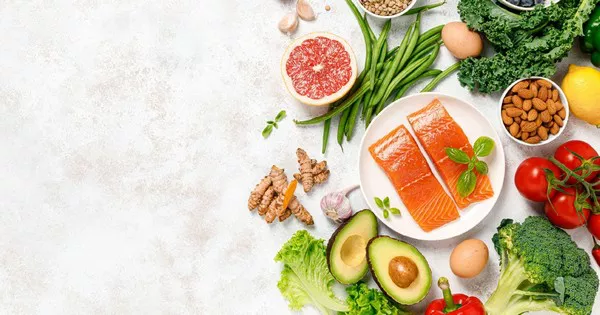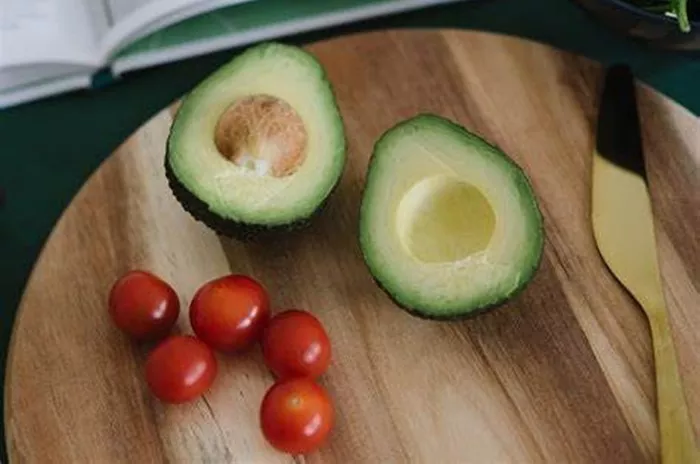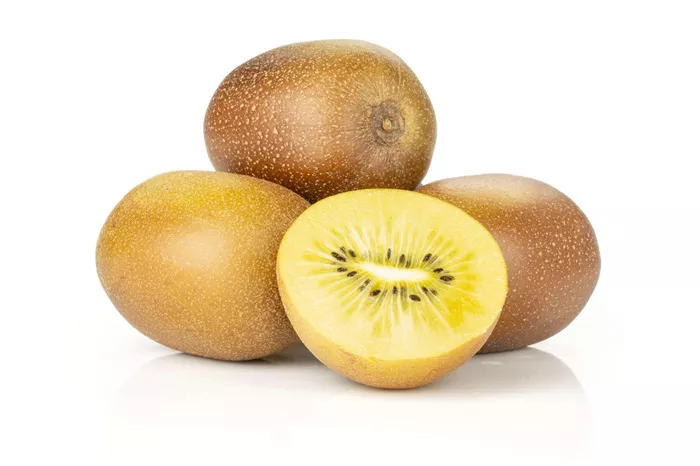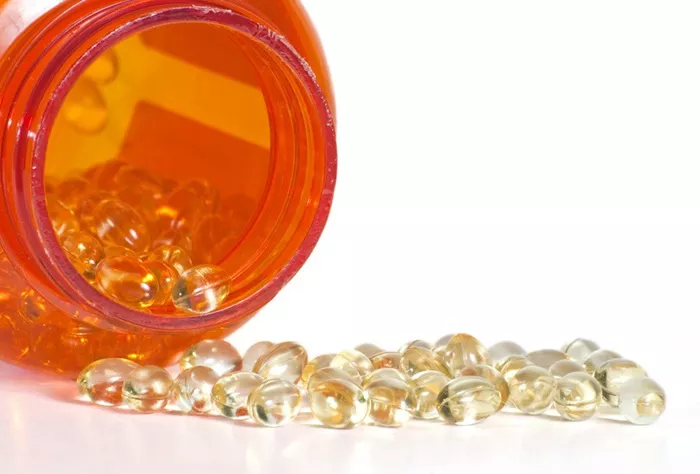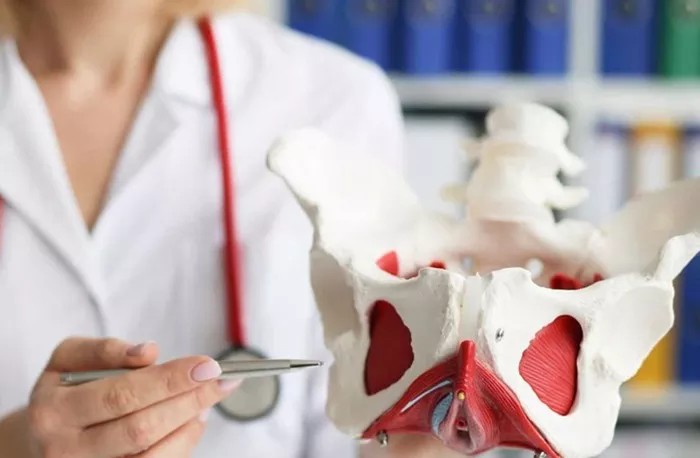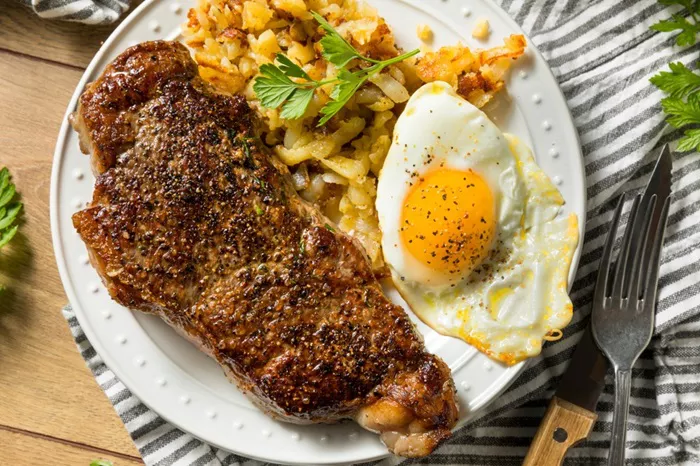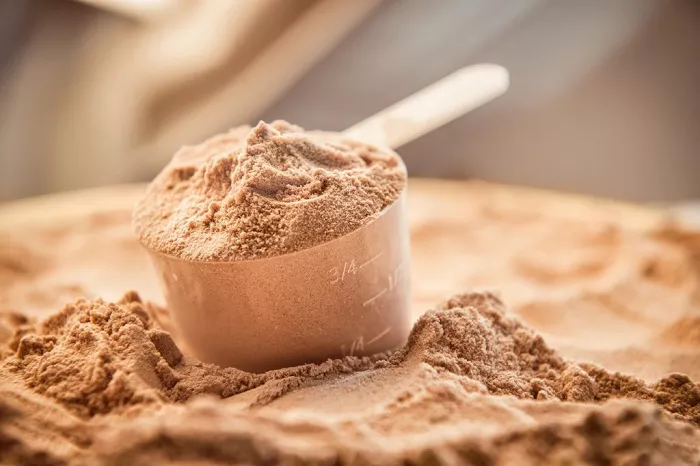Proteins are essential molecules that play a critical role in the functioning of living organisms. They are involved in a wide range of biological processes, including cell signaling, metabolism, and immune defense. In this article, we will explore the process of protein synthesis, or the molecular mechanisms by which proteins are made.
DNA and RNA
Protein synthesis begins with the genetic code contained within an organism’s DNA. DNA is a double-stranded molecule that contains the instructions for building all the proteins in an organism’s body. These instructions are encoded in the sequence of nucleotide bases that make up the DNA molecule.
To make a protein, the genetic information in DNA must first be transcribed into RNA. RNA is a single-stranded molecule that is similar in structure to DNA. However, RNA contains the base uracil (U) instead of thymine (T), and it is typically much shorter than DNA.
Transcription
The process of transcription begins when an enzyme called RNA polymerase binds to a specific region of DNA called the promoter. This signals the beginning of a gene, a specific sequence of DNA that codes for a particular protein.
RNA polymerase then moves along the DNA strand, separating the two strands of the double helix as it goes. As it moves, it reads the genetic code and synthesizes a complementary strand of RNA, using RNA nucleotides that are complementary to the DNA template.
This process continues until the RNA polymerase reaches a specific sequence of DNA called the terminator. At this point, the RNA polymerase falls off the DNA, and the newly synthesized RNA molecule is released.
RNA Processing
The RNA molecule that is produced during transcription is called messenger RNA, or mRNA. However, before it can be used to make a protein, it must undergo a series of processing steps.
The first step in RNA processing is the addition of a 5′ cap and a poly(A) tail to the mRNA molecule. The cap is a modified nucleotide that is added to the 5′ end of the mRNA, while the poly(A) tail is a series of adenine nucleotides that is added to the 3′ end.
These modifications serve several purposes. The cap helps protect the mRNA from degradation, while the poly(A) tail helps regulate the stability of the mRNA and its ability to be translated into protein.
Translation
The final step in protein synthesis is translation, the process by which the genetic information contained in mRNA is used to synthesize a protein.
Translation takes place in the ribosome, a large complex of RNA and protein molecules. The ribosome consists of two subunits, each of which contains a small and a large RNA molecule, as well as numerous protein molecules.
The process of translation begins when the ribosome recognizes the 5′ cap of the mRNA molecule and binds to it. The ribosome then moves along the mRNA molecule, reading the genetic code and using it to synthesize a protein.
The genetic code is read in groups of three nucleotides called codons. Each codon codes for a specific amino acid, the building blocks of proteins. As the ribosome moves along the mRNA, it adds the appropriate amino acid to the growing protein chain.
Protein Folding and Modification
Once the protein chain has been synthesized, it must undergo a series of folding and modification steps to become a functional protein.
Protein folding is a complex process that is guided by a variety of molecular chaperones and other protein molecules. The folded protein must assume a specific three-dimensional structure in order to function properly.
In addition to folding, proteins may also undergo a variety of modifications, such as the addition of carbohydrate or lipid molecules. These modifications can have a significant impact on the function of the protein.
Protein Trafficking
Once a protein has been synthesized and modified, it must be transported to its final destination within the cell or organism. This process is known as protein trafficking.
Protein trafficking is a complex process that involves a variety of cellular machinery, including the endoplasmic reticulum, the Golgi apparatus, and various vesicles and transport proteins.
During protein trafficking, proteins are often modified further and packaged into vesicles for transport to their final destination. Once they reach their destination, they may be further modified or used immediately in cellular processes.
Conclusion
Protein synthesis is a complex process that involves a variety of molecular mechanisms and cellular machinery. From the transcription of DNA into RNA to the translation of mRNA into protein, each step in the process is essential for the production of functional proteins.
Understanding the process of protein synthesis is critical for understanding the functioning of living organisms and for developing new treatments for diseases that involve protein dysfunction. By studying the molecular mechanisms of protein synthesis, scientists can gain insights into the fundamental processes that drive life itself.
[inline_related_posts title=”You Might Be Interested In” title_align=”left” style=”list” number=”6″ align=”none” ids=”3922,3920,3882″ by=”categories” orderby=”rand” order=”DESC” hide_thumb=”no” thumb_right=”no” views=”no” date=”yes” grid_columns=”2″ post_type=”” tax=””]

